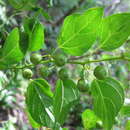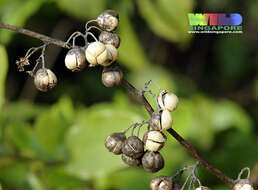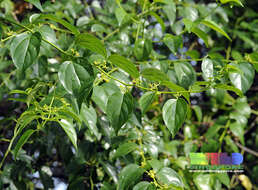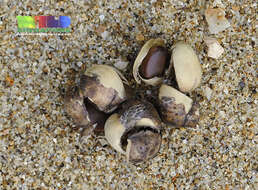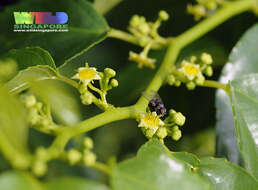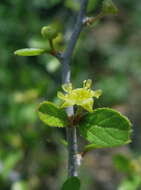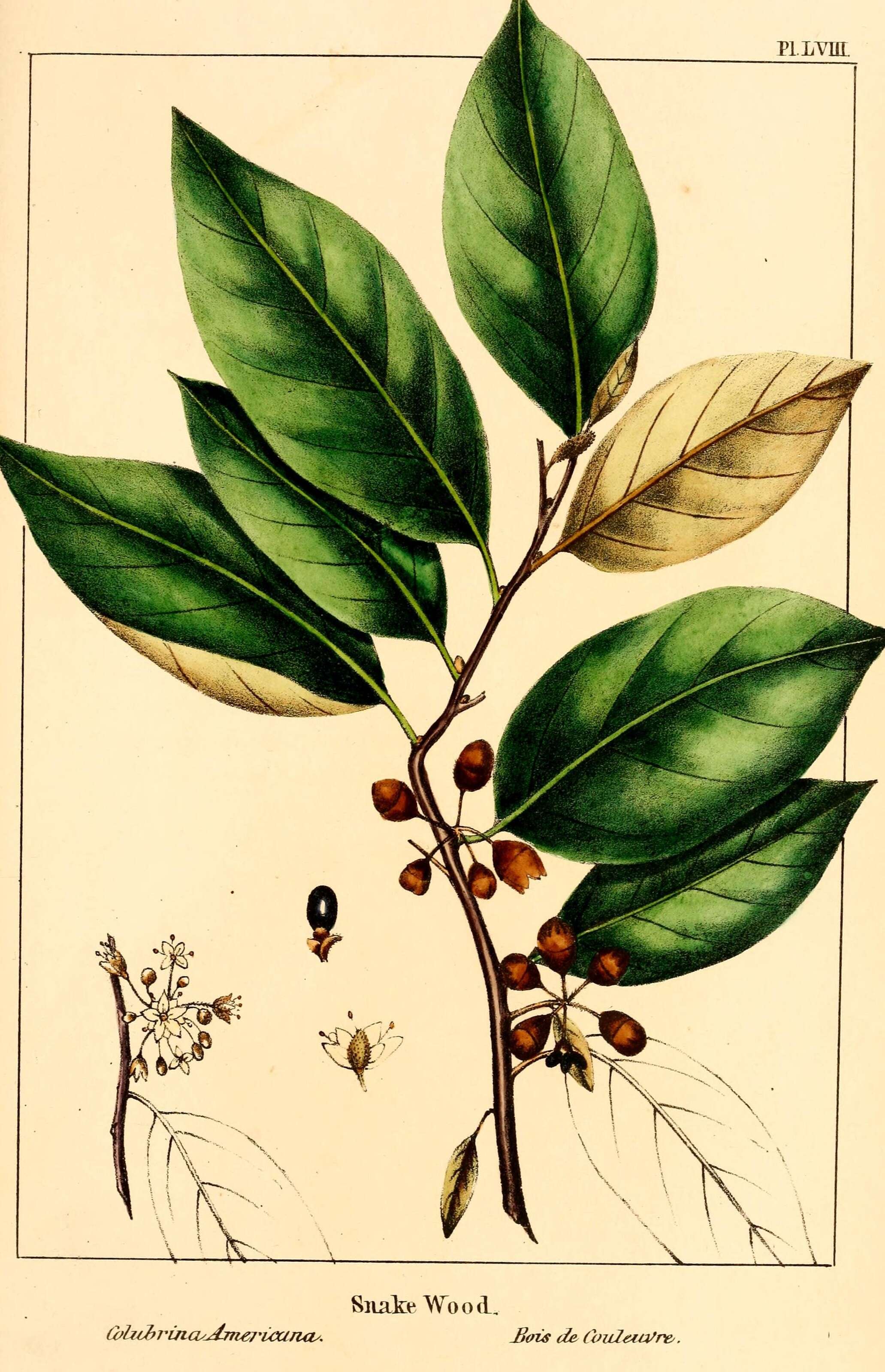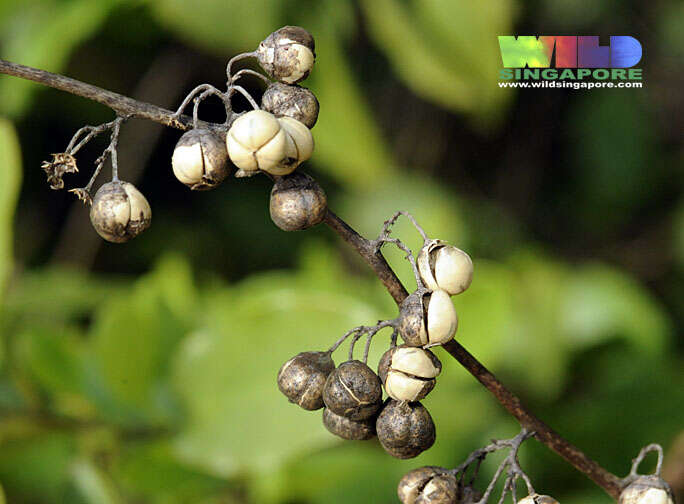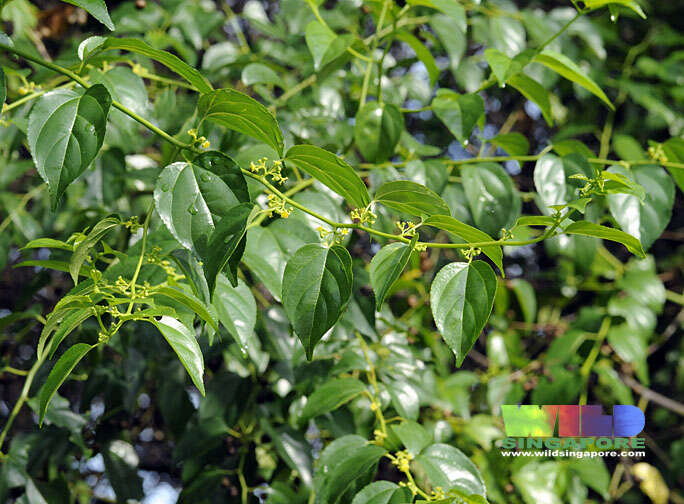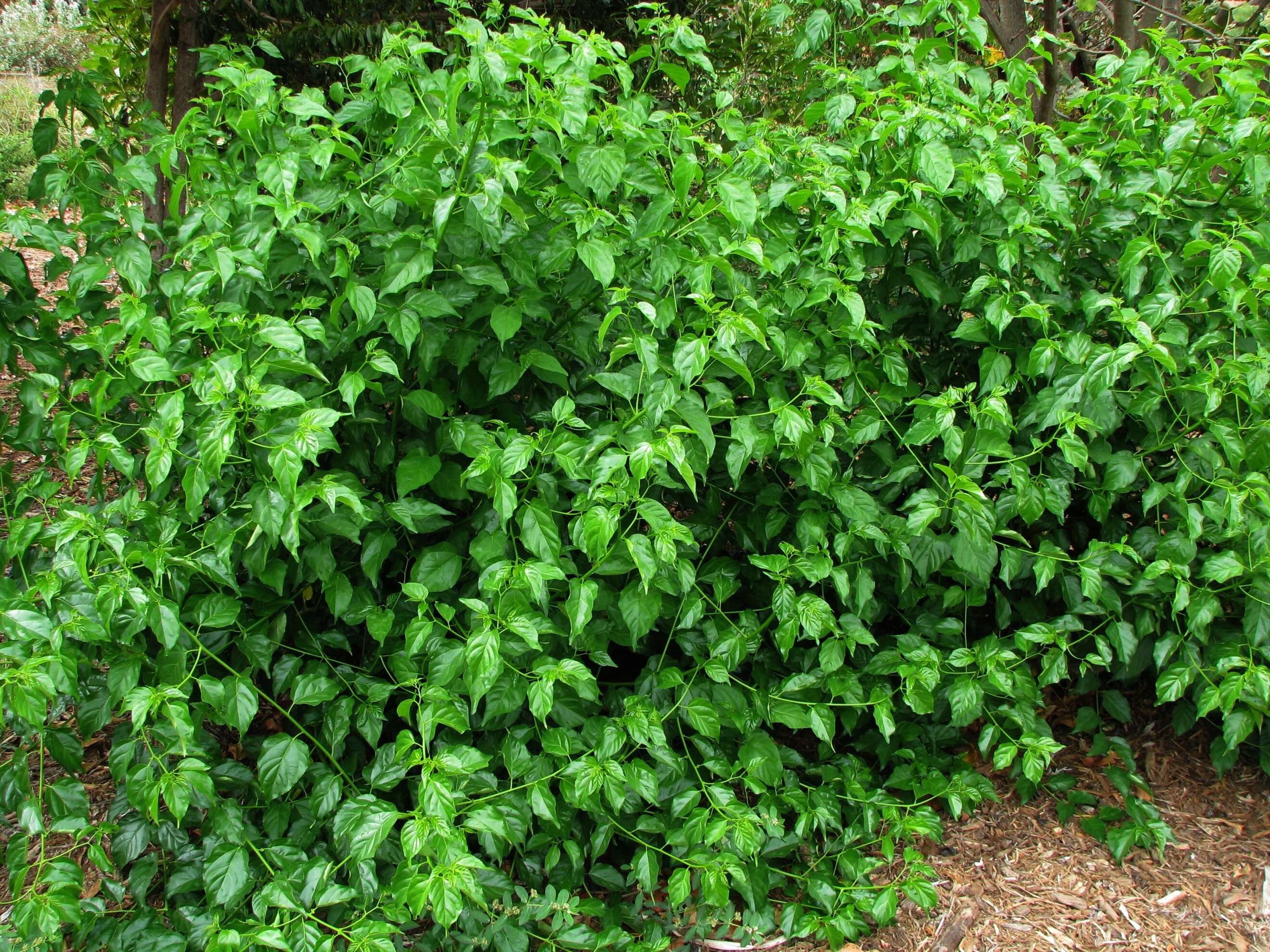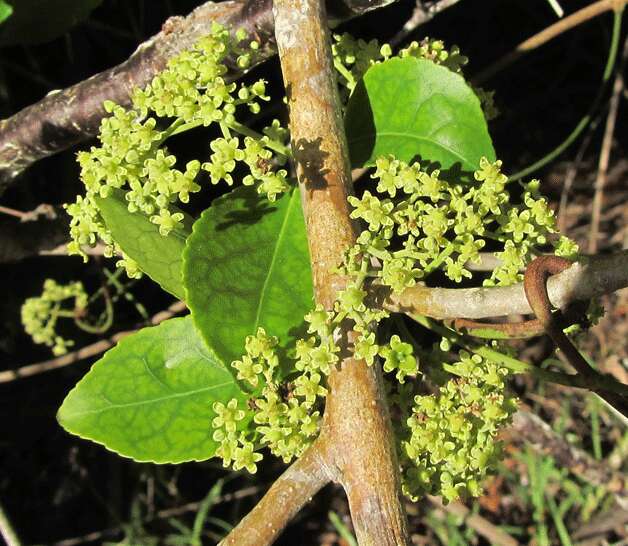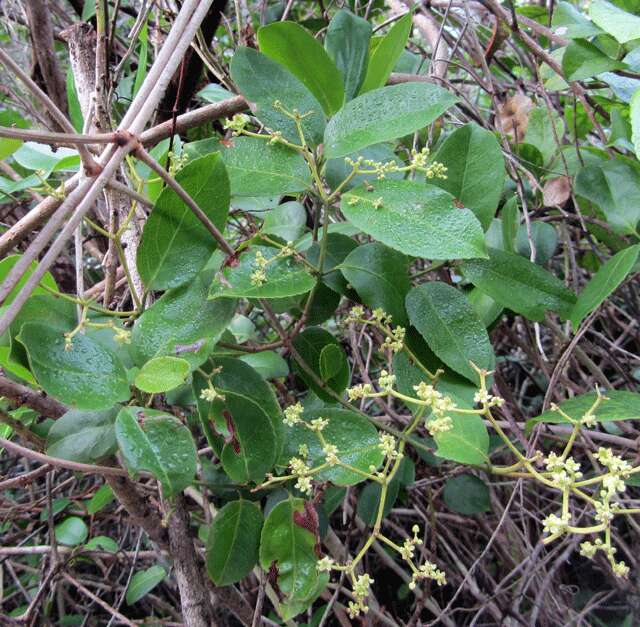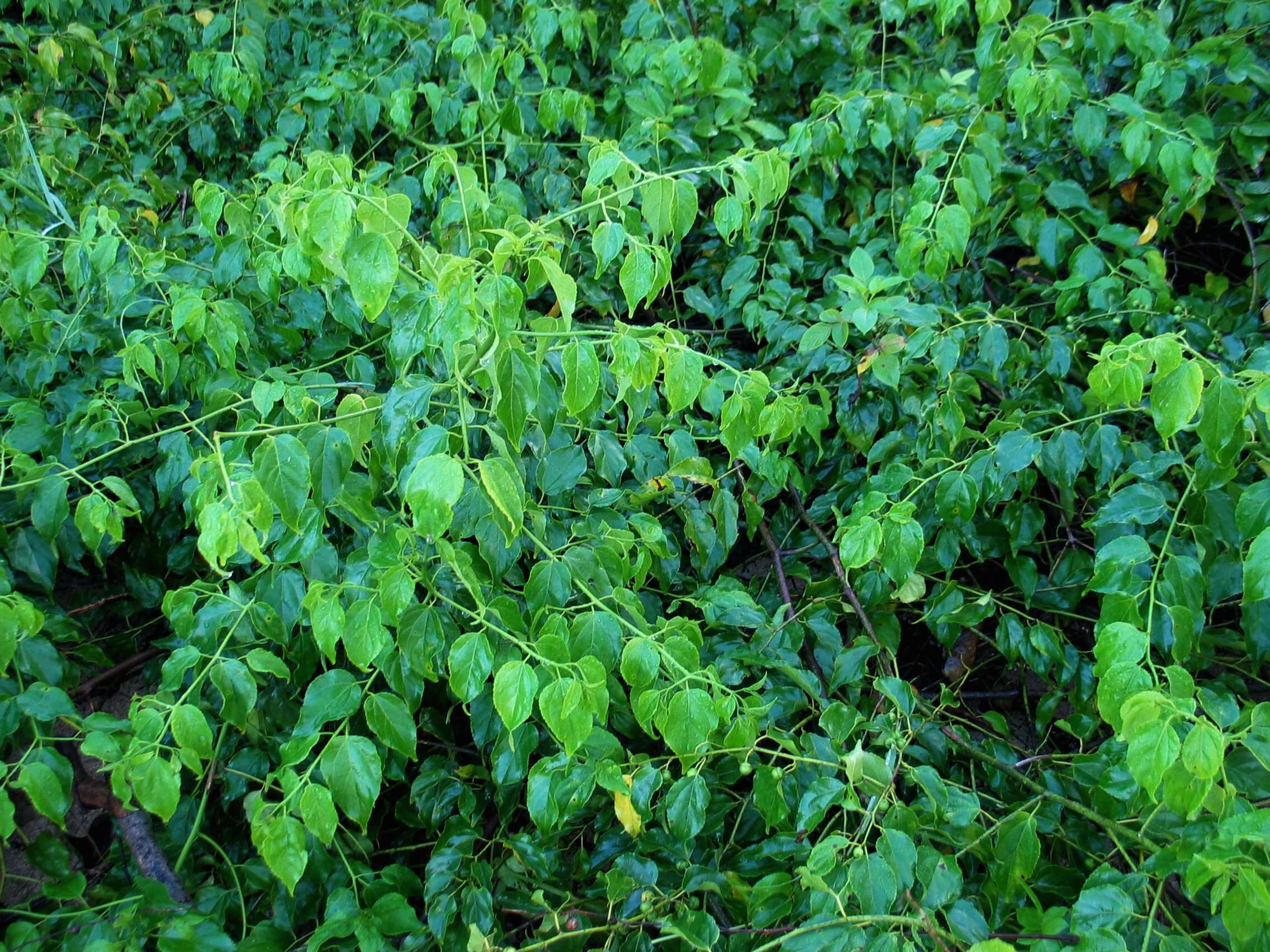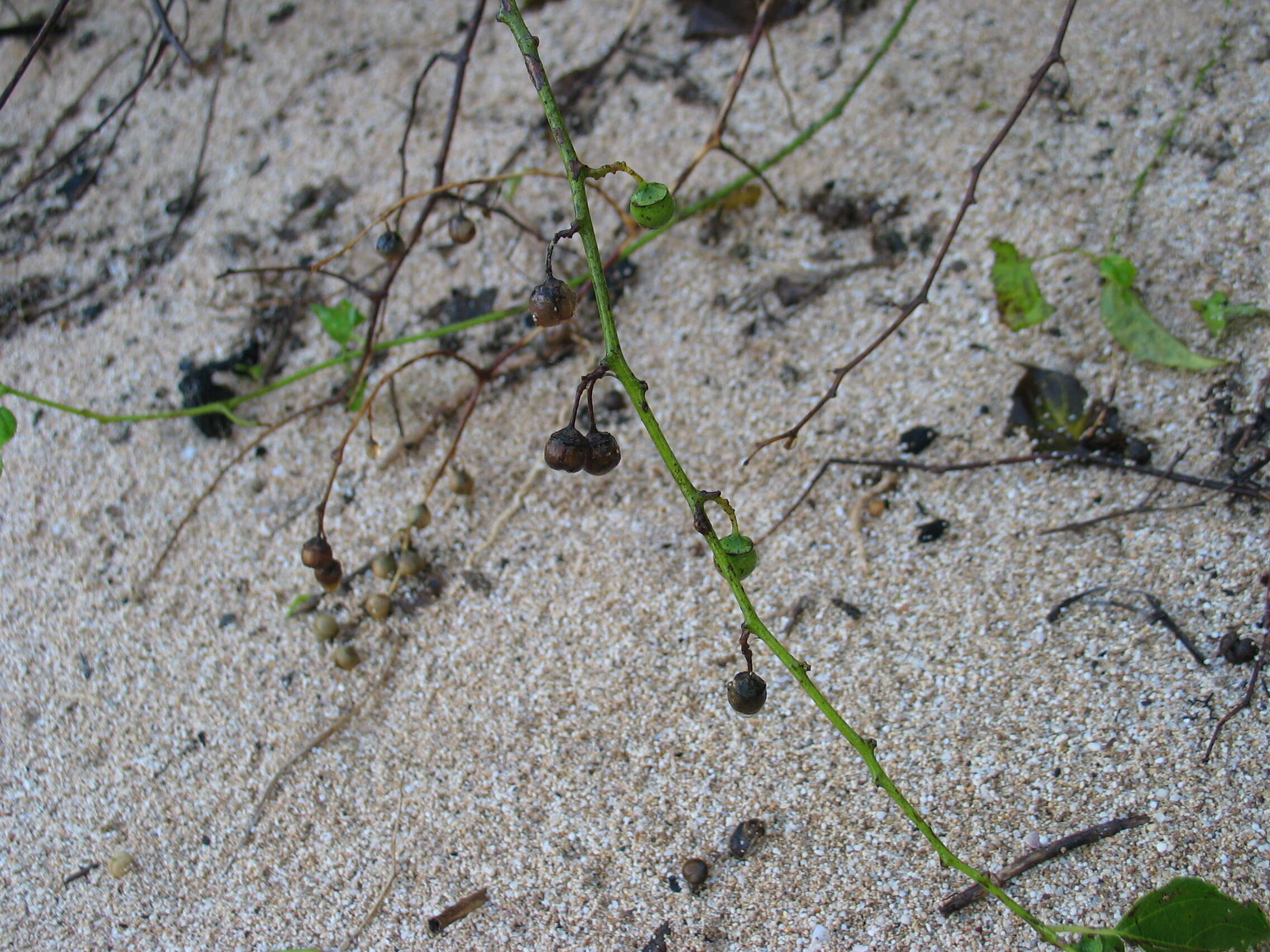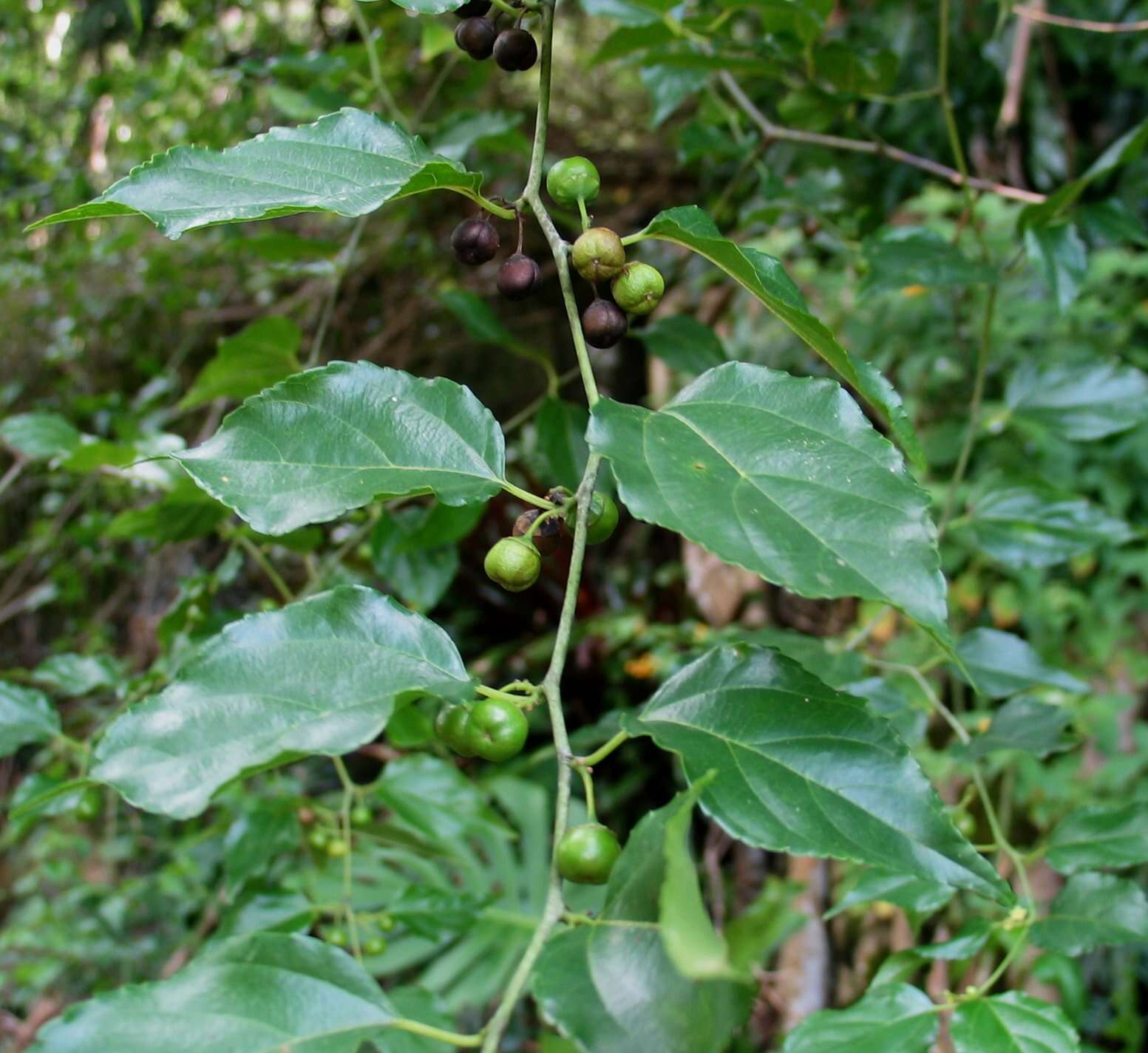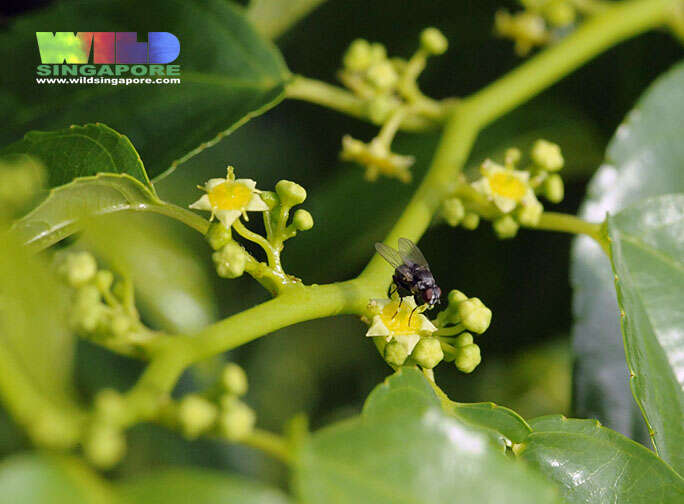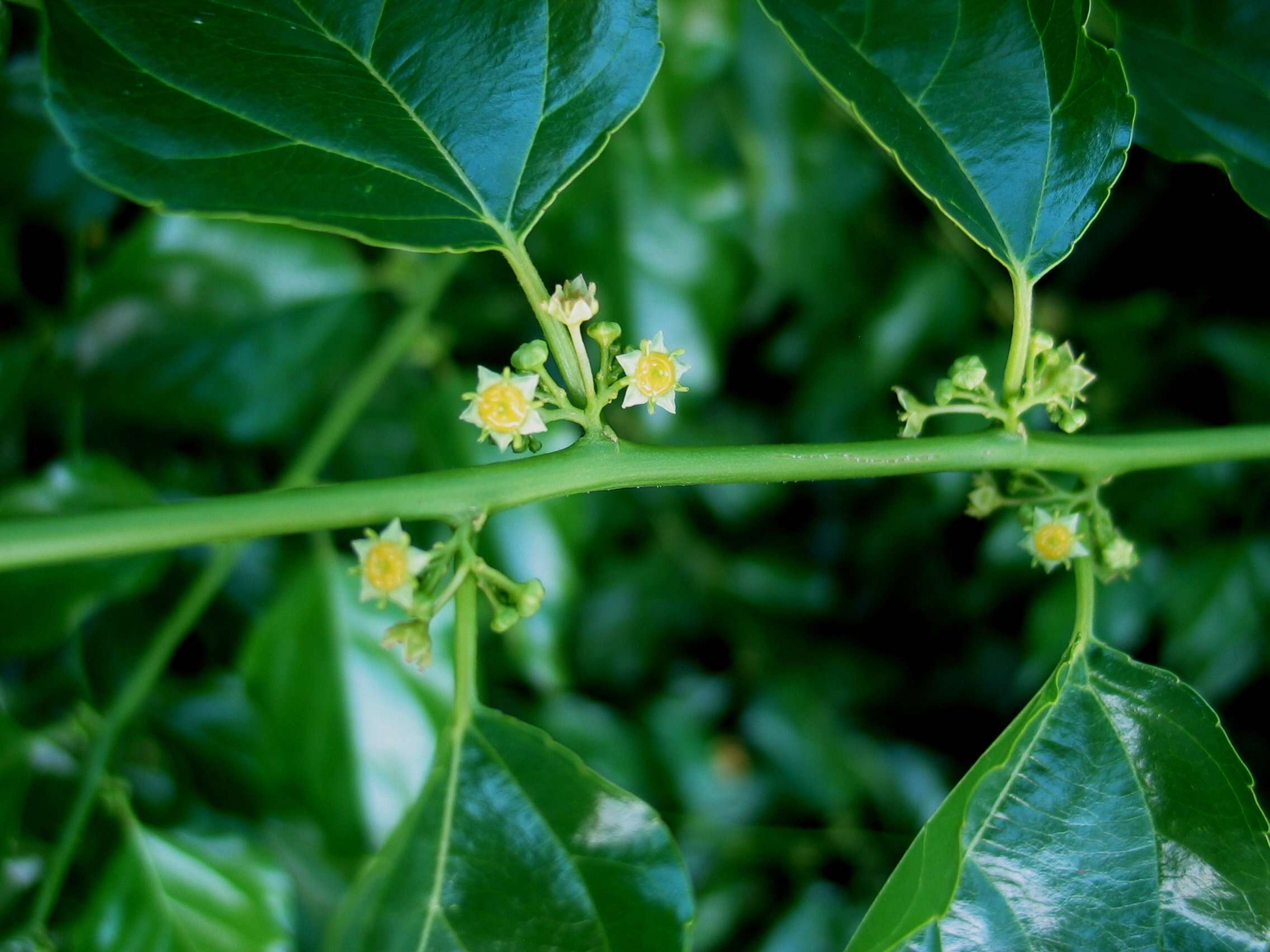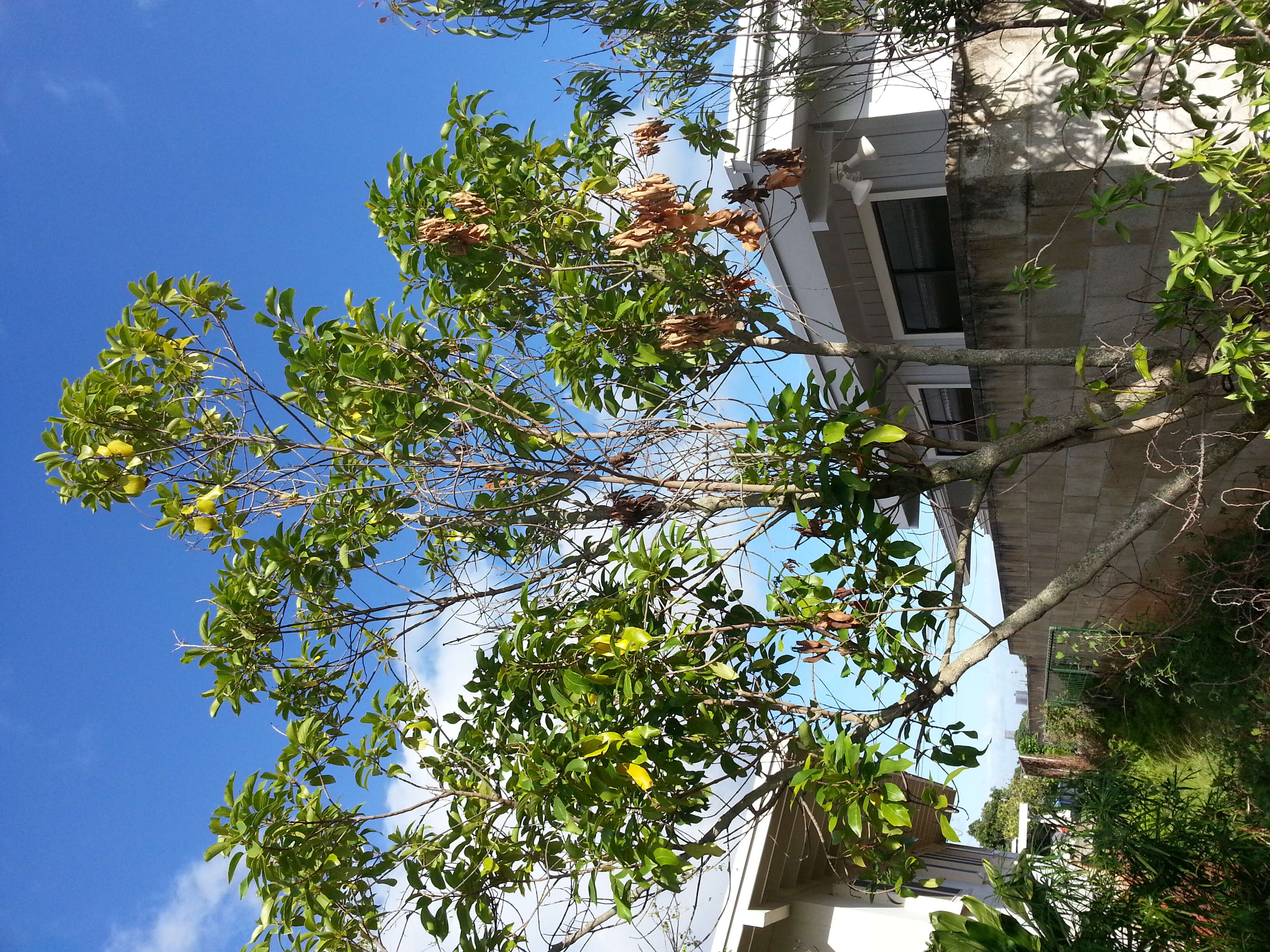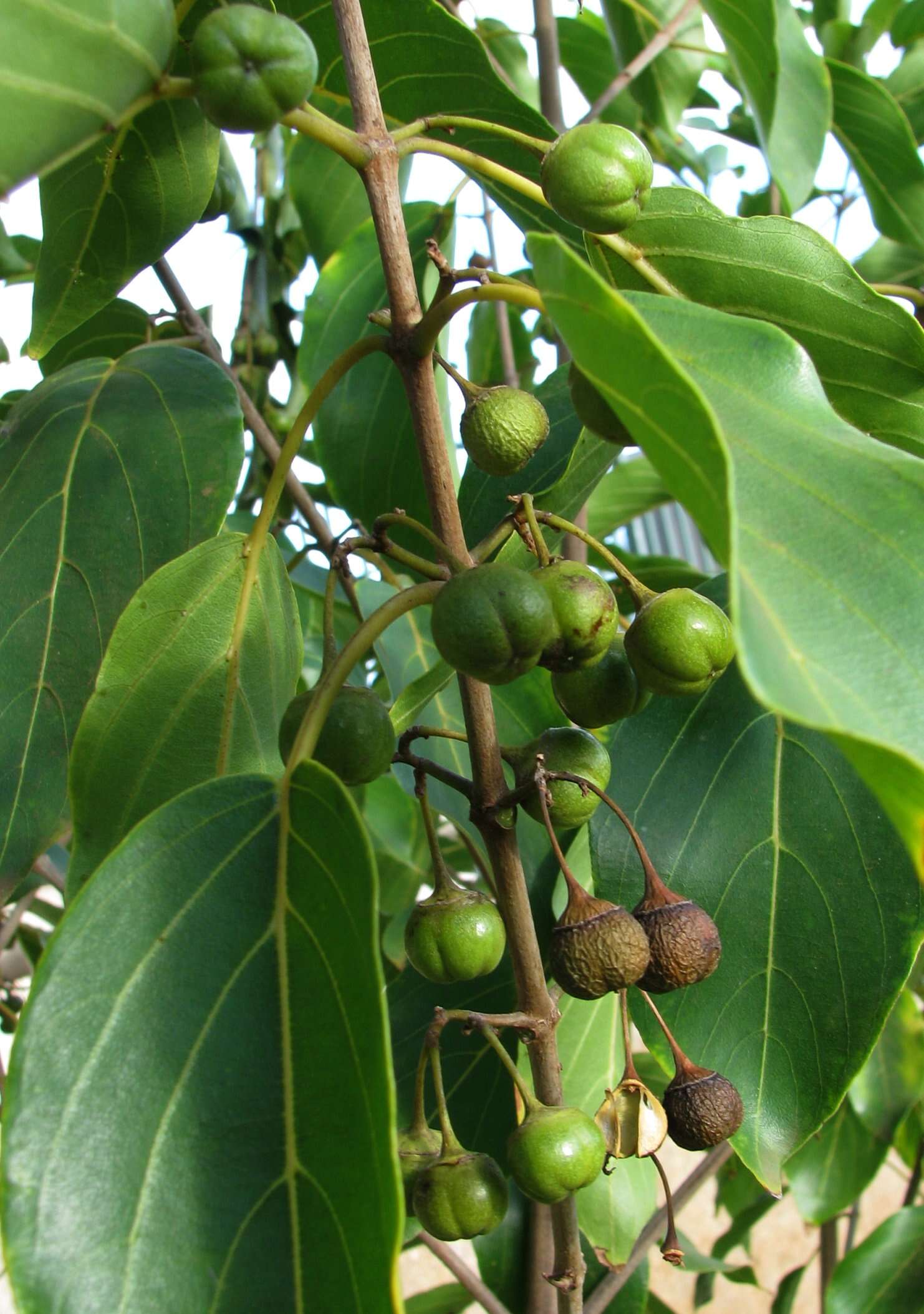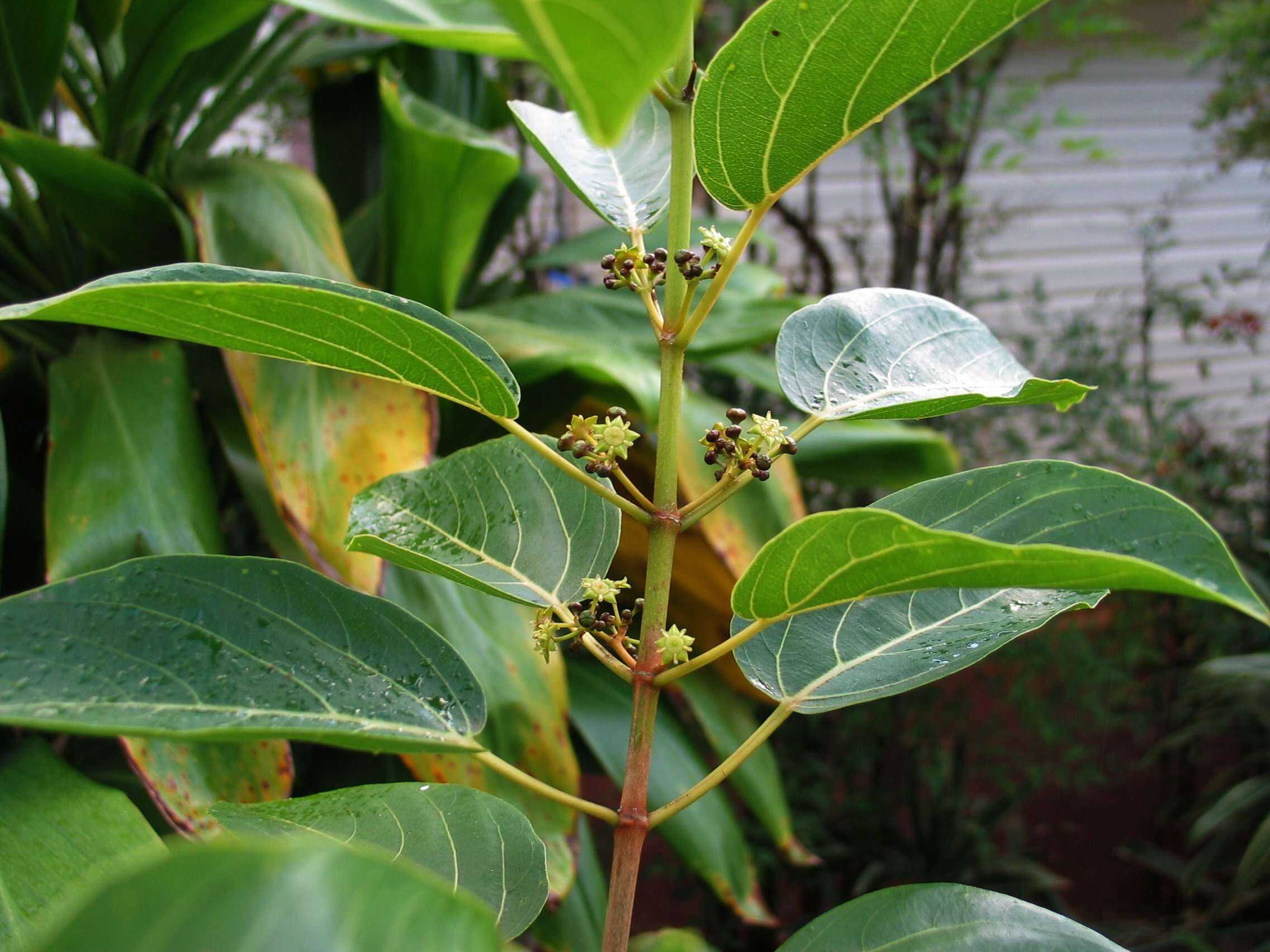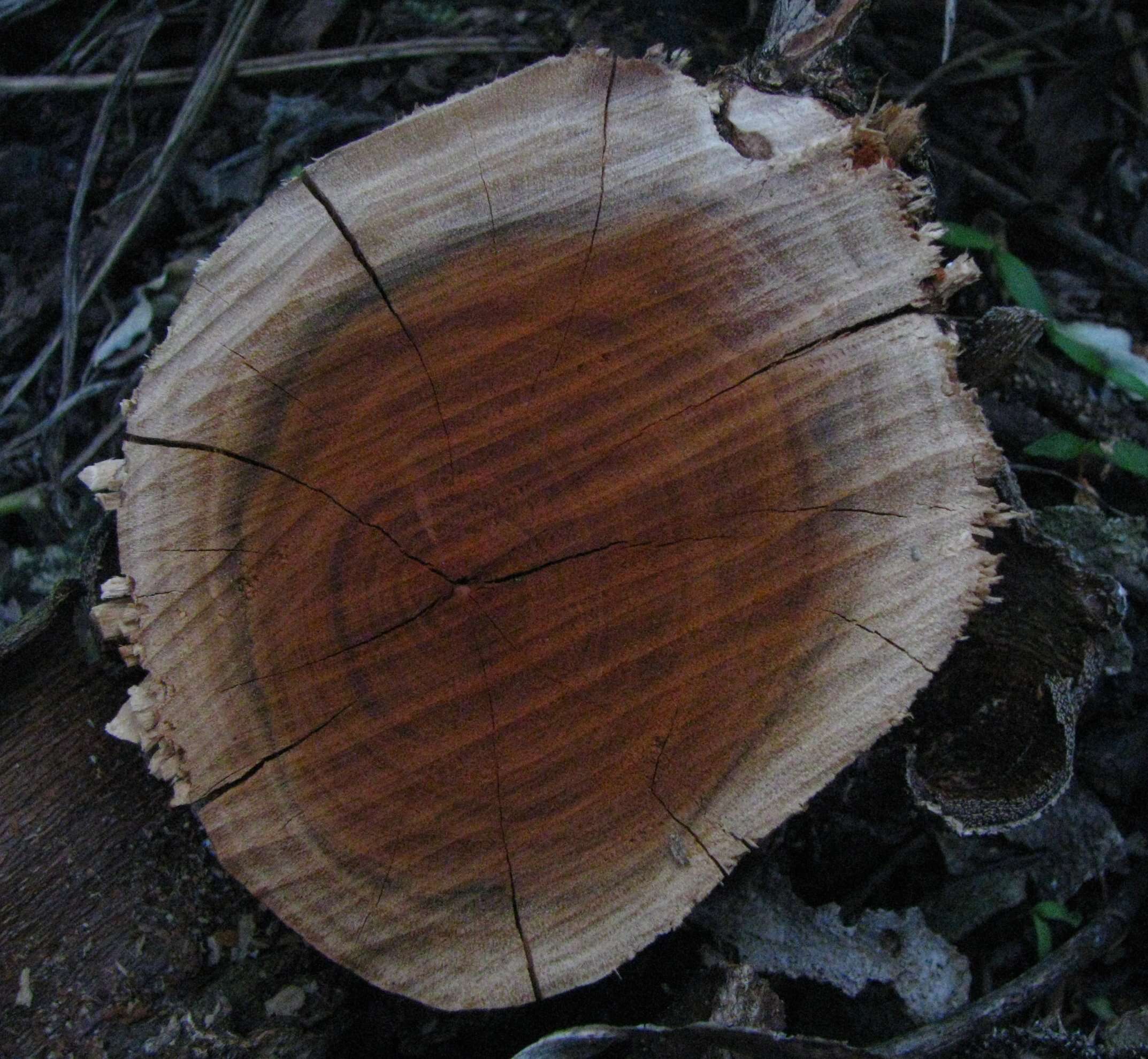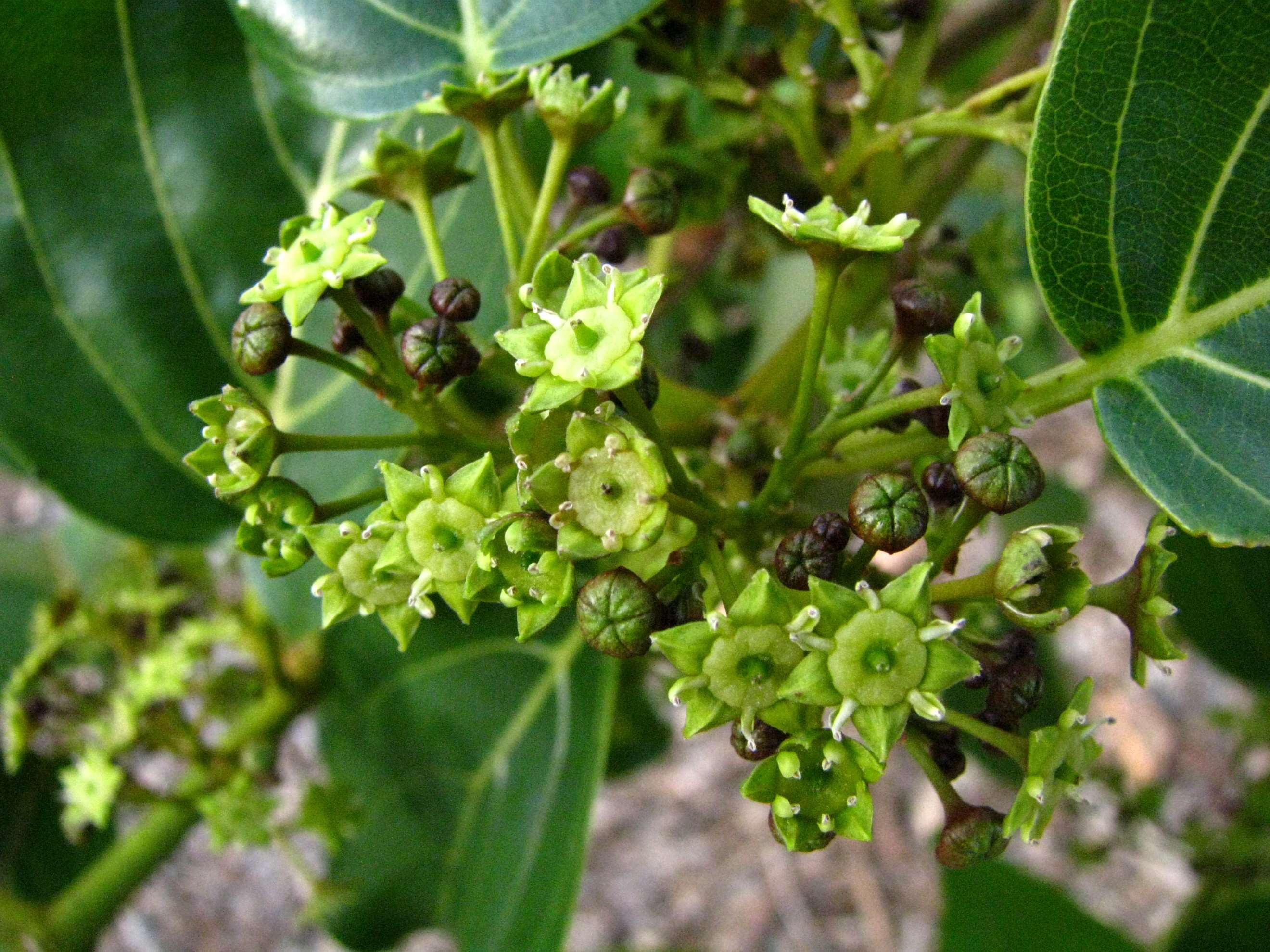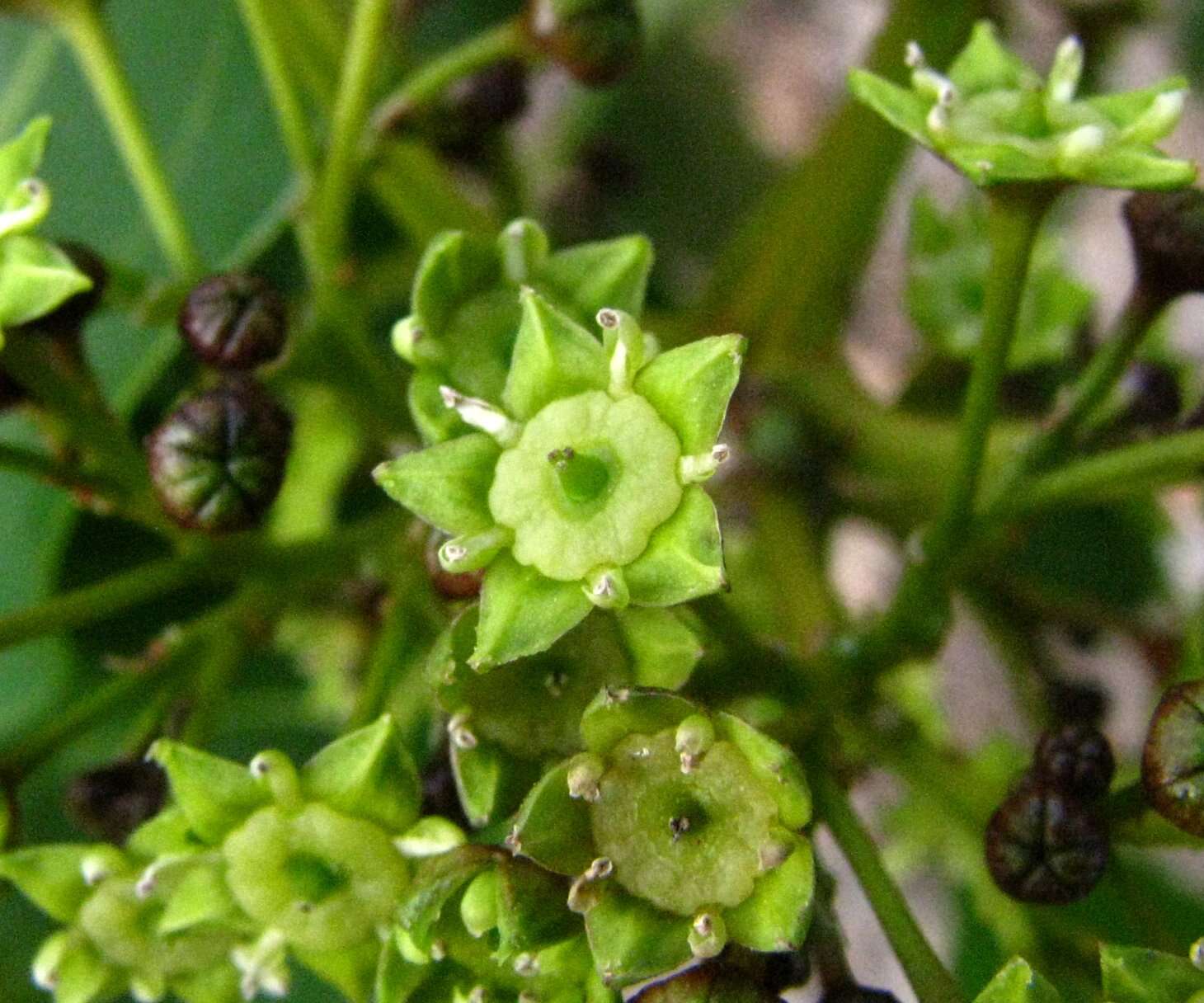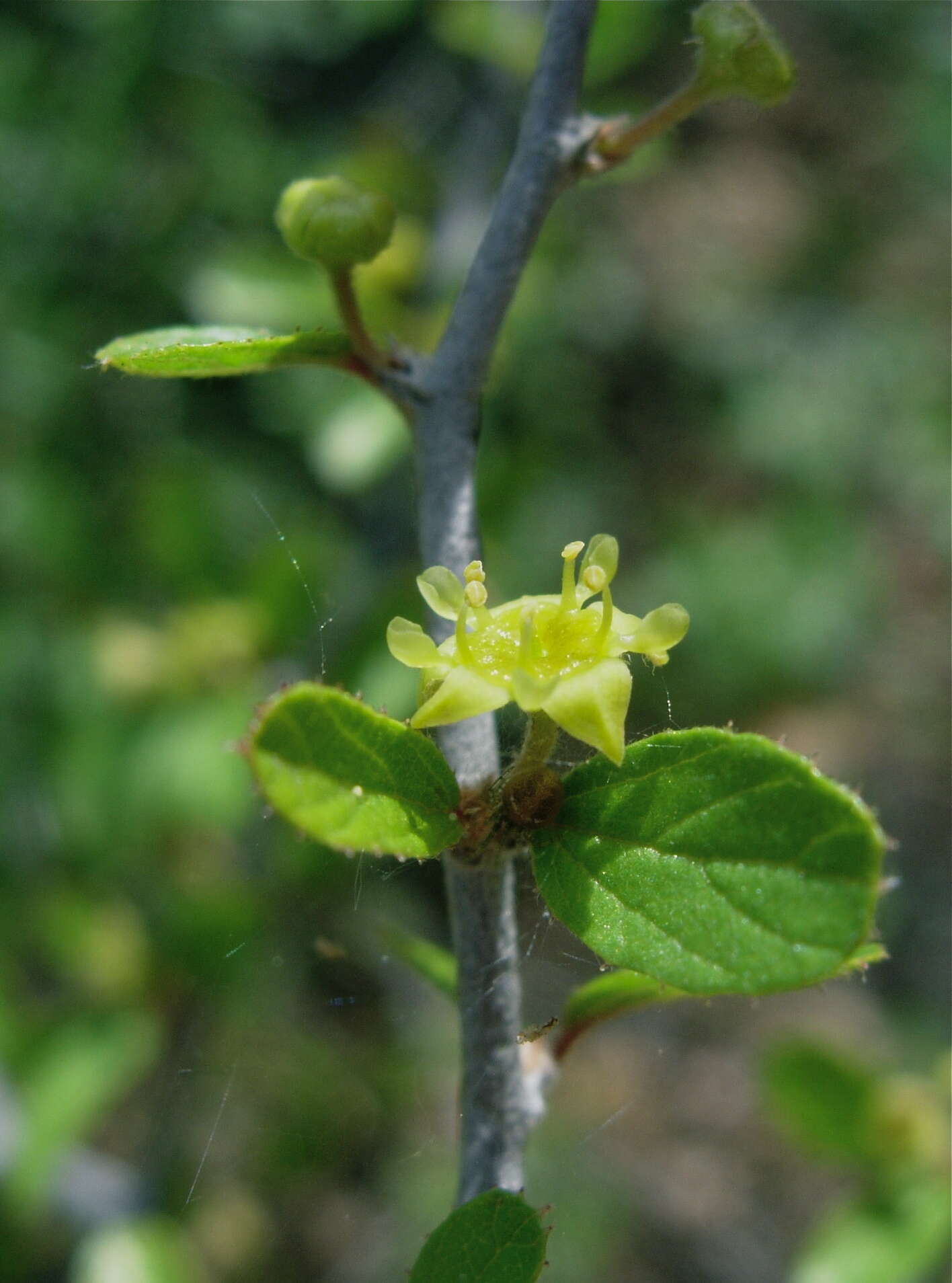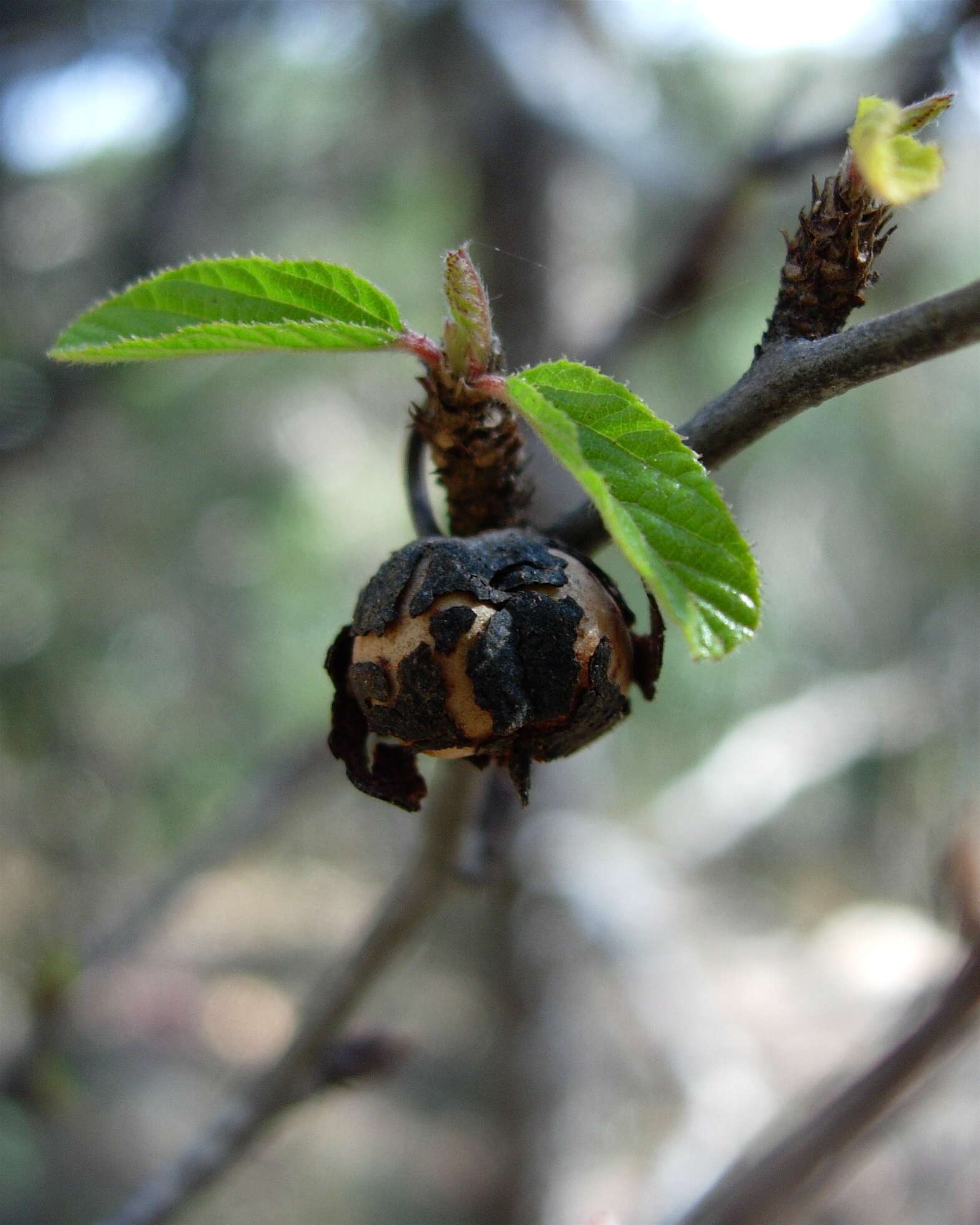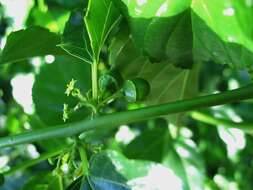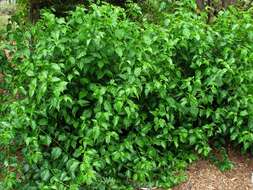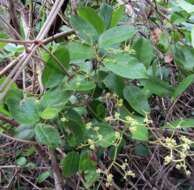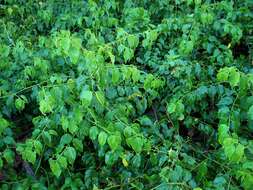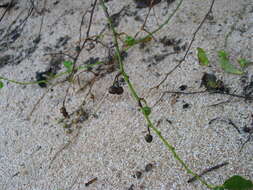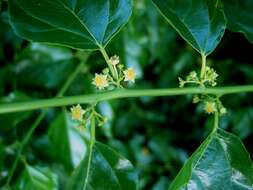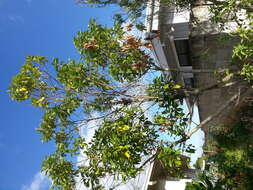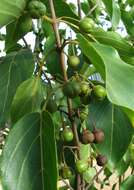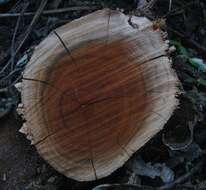Kauila, KauwilaRhamnaceaeEndemic to the Hawaiian Islands (Oahu, Maui, Hawaii Island)IUCN: Critically EndangeredOahu (Cultivated; Hawaii Island form)Another victim of the destructive non-native black twig borer (Xylosandrus compactus).Early Hawaiians used the heavy, durable wood of kauila to make farming tools, handles for stone chisels, pegs for repairing bowls, digging sticks (), carrying poles, tall poles for banners, khili poles (royal feather stands, netting needles or shuttles, kapa beaters and grooving tools, prepping boards for kapa (lau kahi wauke), war clubs, spears (polol) and daggers, and bait sticks for fishing.The wood was also crafted into musical instruments, such as hula sticks (ka lau), and was the preferred wood for muscial bows called kk.Kauila wood was also fashioned into spears for the games of spear throwing ( ihe) and spear fencing (kaka lau). The only use of the bow and arrows was for a sport called pana iole (rat shoot). Thought the bow was made from an unidentified wood, the arrows were made of k (sugarcane) and tipped with bone or kauila wood. The sport of sledding or hlua was reserved for young men and women alii. The sled runners were made from kauila.Kauila leaves and bark produce a bluish dye for kapa.Medicinally, kauila were used for khewa (stroke, as of heart failure, apoplexy).
nativeplants.hawaii.edu/plant/view/Colubrina_oppositifolia

